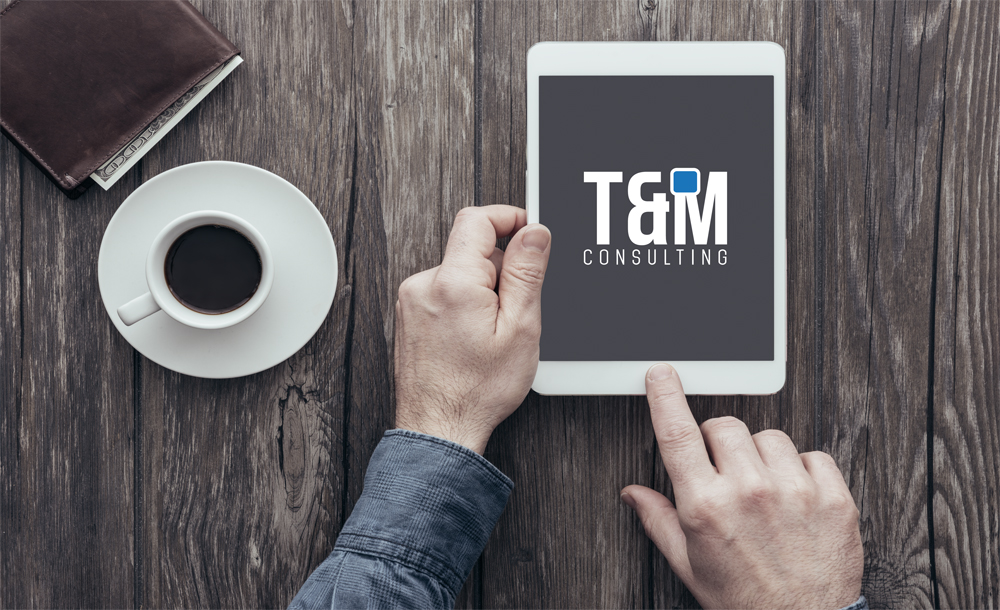When executing the modernization, look for ways to realize benefits faster. Avoid the “big bang” approach, in which you gradually build toward a single all-encompassing systems release. The results begin to be seen after many months. Divide the modernization road map into discrete delivery increments, releasing usable functions on a frequent release cycle. Obtain feedback from system users frequently and let comments guide you to change your address. It is better to be incomplete and quick than complete and slow. (Users of your systems include customers, employees, and anyone else who interacts with your company, including regulators, suppliers, and sometimes community members.)
Use established agile frameworks for design and development. These include scrum (consisting of self-organizing teams), disciplined agile delivery (a process for team decision making), the scaled agile framework (which aligns multiple teams), DevOps (practices aimed at reducing software development time), and lean IT (which is based on quality and continuous improvement approaches). Whichever frameworks you choose, train all stakeholders properly in it, so they have a shared understanding of the practices involved.
Even as you embrace agility, remain user-centric, that is, attentive to customer and employee responses, and responsive in the way you incorporate their reactions into your designs. Roll out new features in a way that allows you to test them on different user and customer profiles. For example, you might roll out two different features to members of the same customer group or geographic region to see if they trigger different responses.
Establish a disciplined and consistent approach to user-centricity. You might track people’s behavior on your system by monitoring keystrokes, through surveys, or through direct observation of users struggling with the prompts on their screens or smartphones. Adapt and adjust your system iteratively, building your own capacity for interpreting user feedback. Adopt a continuous improvement mind-set, so you are always looking for opportunities to learn and make your system better. Seize those opportunities.

Questions for taking an agile and user-centric approach:
- Who will benefit most from the changes, and how are they engaged?
- How do our analytics improve our knowledge of their experiences?
- How do we pivot and change our approach when we need to?

